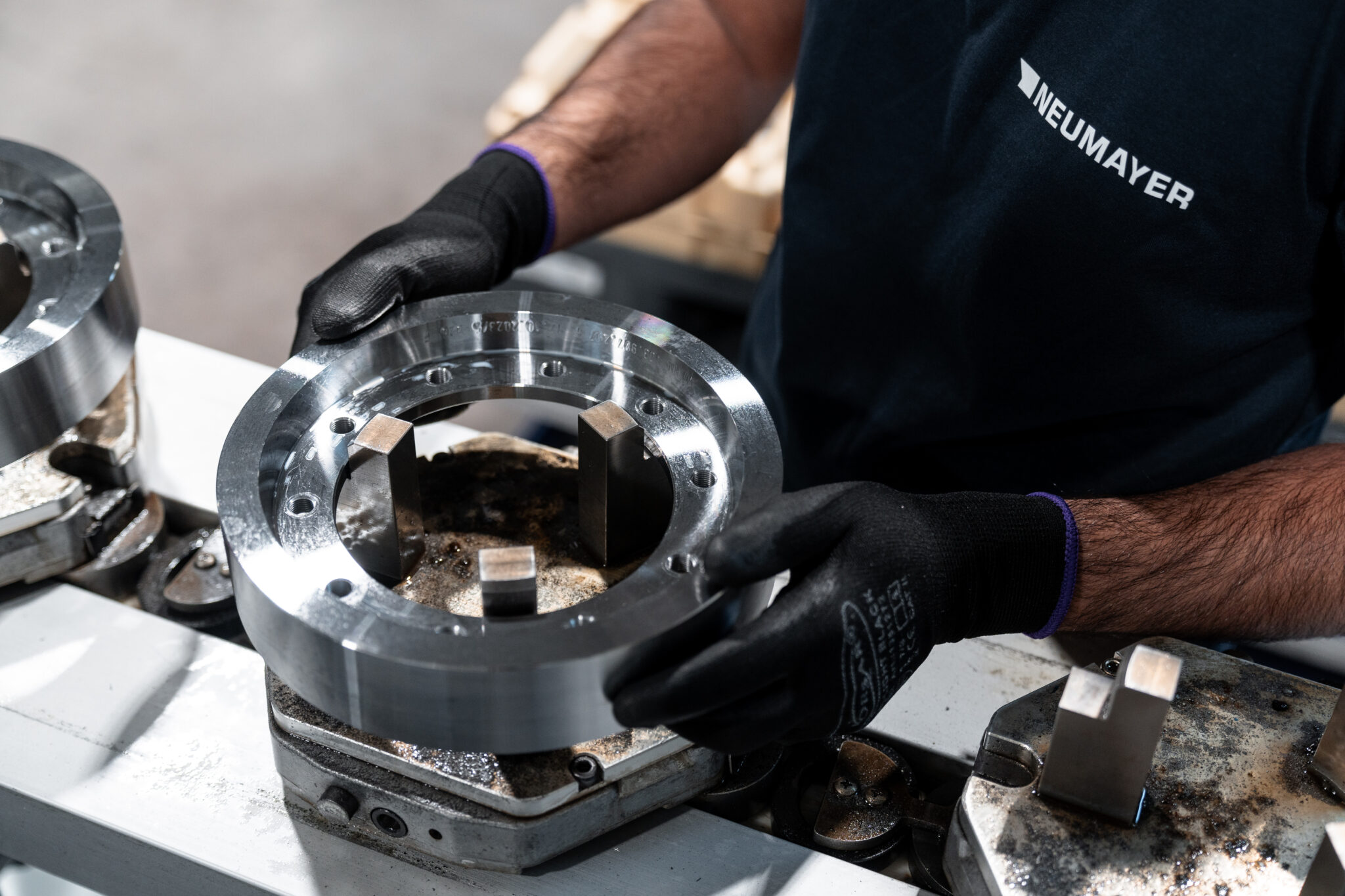Green Steel for a Climate-Friendly Future
The German steel industry is transforming towards sustainable production to reduce CO₂ emissions and achieve climate targets. So-called “green” steel (alternatively: sustainable or low-carbon steel) plays a key role. Green steel describes steel produced with fewer or, in the best case, no CO₂ emissions. However, no standardized emission limit value is currently for designating steel as “green”. It is currently largely defined as using renewable energies in steel production. Nevertheless, great efforts are already being made to make steel production more sustainable.
Measures for sustainable steel production
In terms of the circular economy, steel can be produced almost 100% from scrap, so that waste becomes a product without any loss of quality. Scrap sources are products at the end of their life cycle, production scrap fed directly back into the steel production process or return scraps such as saw cuttings or chips. This effectively avoids the extraction of new raw materials, conserves natural resources and reduces greenhouse gas emissions.
By-products can also be reused efficiently: Waste heat is a valuable waste product that serves as a source of energy. It can be used for steel production as well as for heating buildings and hot water. Process water from production is useful for cooling the slag, which in turn can be used as a recycled by-product in road construction.
Short distances and climate-friendly transportation also save CO2 emissions and time. Optimal: blasting scrap from the region, delivered by rail.
Electric Arc Furnaces (EAF) as an alternative to traditional blast furnaces
EAFs use recycled materials and green electricity. Compared to conventional blast furnaces, they are more energy efficient and can be switched on and off as required, making them more economical. In addition, the use of scrap reduces the need for primary raw materials such as iron ore. Finally, they are compatible with renewable energies such as wind, solar, or hydroelectric power, which reduces dependence on fossil fuels.
Green hydrogen: a game changer in the steel industry
Steel produced in blast furnaces could become a game changer for the steel industry in the future thanks to the use of hydrogen. This hydrogen is considered a key technology for a climate-friendly future, especially in sectors such as steel production, chemicals, or transportation, where reducing fossil fuels is particularly difficult. Green hydrogen is hydrogen that is split into hydrogen and oxygen through electrolysis. The decisive factor is that the electricity required comes exclusively from renewable energy sources such as wind, solar, or hydroelectric power. This means that no CO₂ emissions are generated during production. Green hydrogen replaces coal in blast furnaces to reduce iron ore, which can drastically reduce CO₂ emissions.
The transition to environmentally friendly production methods is complex and involves major challenges, such as high costs and the currently limited availability of renewable energy in sufficient quantities. The expansion of renewable energies and the development of an infrastructure for hydrogen production are basic prerequisites for real change.
NEUMAYER is committed to reducing CO2 emissions throughout the supply chain and is already using green steel where possible. However, the key to change lies with everyone involved. As a build-to-print supplier, we manufacture components according to our customers’ specifications – including the choice of materials. We actively draw their attention to the possibility of using green steel and offer it in a targeted manner. This decision has a significant influence on how climate-friendly the product is. The transition to climate-friendly production can only be implemented effectively if sustainability is considered and desired along the entire supply chain.




